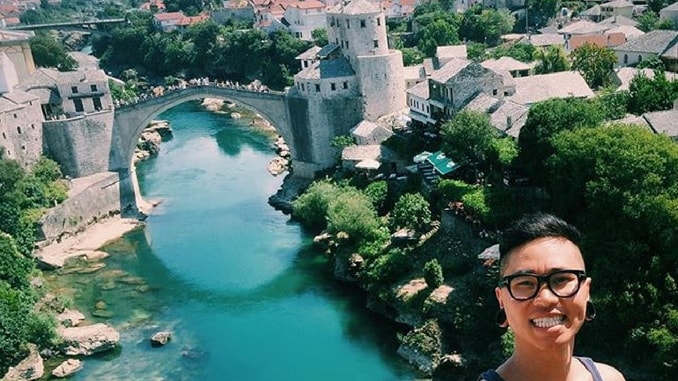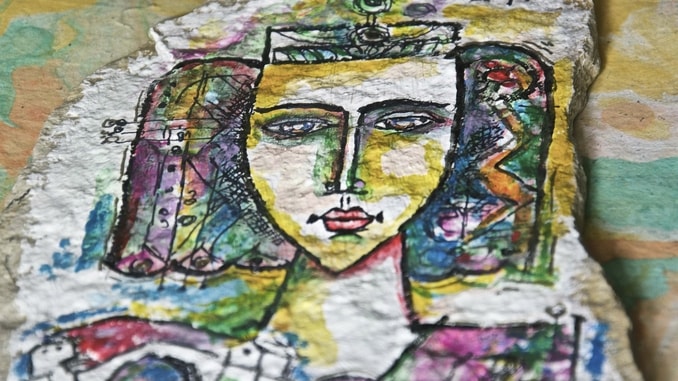‘Aprilili’ is the colloquial name for “April Fool’s Day” joke which is an old custom celebrated every year on April 1, when people joke with each other and deceive each other harmless pranks, and after they make fun of someone, they tell him he’s been fooled with the ‘aprilili joke’
The custom has been popular since the 19th century and the day is not a national holiday in any country , but is accepted in most European cultures, the United States and India. On this day people come up with one another harmless pranks or publish forged or false news, stories or information.
The goal is that to bring your relatives, work crew or anyone you may know in a funny position while having a great time.
There are many lists of the best jokes that are compiled to show the best and most creative examples of the celebration of this custom. People who do a lot of effort and time in making up with something cool usually have the biggest respect from everybody around.
Here are some of these examples:
1 Borrow someone’s cell phone and change the language (eg, Chinese)
2 Change the language to use Google on someone’s computer
3 In the school office or replace regular coffee with no caffeine drinks
4 Replace the character the male and female changing rooms or toilets in
5 Turn on all scented fresheners in a room
6 Add the food coloring in the carton of milk
7 Add color to liquid washing car
8 Switch a few keys on one’s keyboard
9 Replace “Pull” and “Push” on the door stores
10 Replace the cream in a biscuit with toothpaste and offer someone
11 Dip one’s cigarette filters in something sticky, sour, bitter …
12 Bring more combinations of clothes to work, and they change every half hour, and act as if nothing strange happens
13 Paint a bar of soap completely with transparent nail polish (it won’t make a foam)
14 Hide a small radio under someone’s bed and turn it very quietly
15 Complete hair baby powder.







